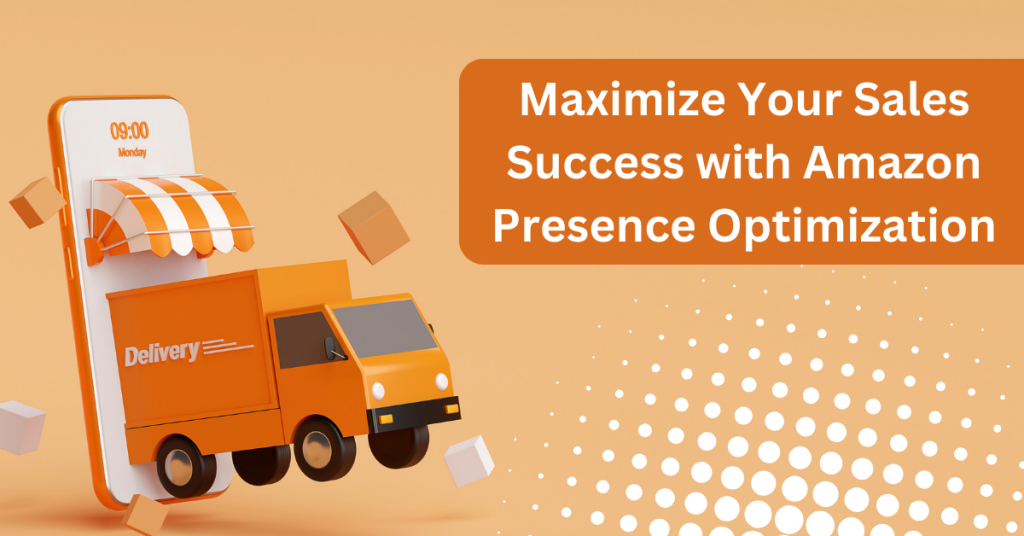An appealing alternative for a lot of small and medium-sized enterprises is the Amazon marketplace. Selling on Amazon can help a startup firm grow thanks to its large customer base, but there are risks involved. But sellers can position themselves to take full advantage of the opportunity presented by the Amazon marketplace by being aware of the difficulties.
Since its 2007 debut, Amazon has grown into a retail industry titan, controlling roughly 40% of the e-commerce sector and generating an astounding $514 billion in revenue by 2023. When you see such figures, you want a piece of the action as a business owner.
Another distinctive player in the e-commerce space is Amazon, which offers independent merchants a platform and the option to handle their own processing and shipping or leave it to Amazon. Roughly two million independent sellers make up the majority of Amazon's sales, accounting for approximately 86% of all purchases placed on the marketplace.
It can be difficult to stand out, though, given that there are millions of sellers already on the platform and thousands more sign up every week. There are also potential operational issues when running an Amazon store in addition to a brand's own e-commerce website.
Best practices and general guidelines are available to assist retailers in optimizing the performance of their Amazon business. Here are a few things to consider before beginning.
Create Amazon Product Pages to Get the Most Out of Them
It's critical to keep in mind that your store is still yours even if you sell through Amazon. A product page should include everything correct, comprehensive, and well-organized.
Although it may be tempting to cram as much information as you can into the above-the-fold area, clients will be more likely to read and comprehend your offerings if the bulleted section is limited to succinct, descriptive words that highlight key details about the product.
Below-the-fold real estate provides merchants with valuable space to sell their products while fully fleshing out the product details. Finding the right balance between helpful information that boosts sales and an abundance of content that consumers may easily disregard can be difficult. Using beautiful graphics to break up content can help keep the page interesting.
Videos and images of the products are also very important and should not be overlooked. Although Amazon's picture rules are somewhat tight, going above and above can assist guarantee accuracy and engagement. Make sure you have the greatest available photographs at the highest resolution to accurately depict the goods, especially in terms of color changes.
Although the return rate on Amazon ranges from 5% to 15%, it exceeds 25% when it comes to clothes. Make sure your photography accurately depicts your goods for products where buyers place a premium on size and color in order to set client expectations.
Additionally, one of the most effective ways to increase sales is to use split testing, also known as A/B testing, on your product pages. You may determine which components—images, product descriptions, or call-to-action phrases—best attract users and encourage conversions by contrasting several page versions. This focused strategy makes it possible to optimize your listings to increase customer satisfaction and sales, which raises the competitiveness of your Amazon business.
Put Content First to Boost Competitiveness and Discoverability.
For Amazon, content reigns supreme. In a fiercely competitive marketplace, making your products stand out is vital. Despite limitations imposed by Amazon's product page structure, creative copy and imagery can distinguish your offerings.
Getting customers to the product page is challenging in crowded categories. Effective Search Engine Optimization (SEO) is crucial for Amazon sellers to overcome this hurdle.
When crafting product names and descriptions, include descriptive terms that convey the product's purpose. Balancing SEO with brand identity can be tricky, but it's essential to avoid overly long names stuffed with keywords.
Regularly updating listings to reflect current trends and algorithm changes is key. This proactive approach enhances discoverability and competitiveness.
Understanding and optimizing for Amazon's A9 algorithm is critical. Incorporating relevant keywords naturally improves visibility and aligns with Amazon's goal of connecting customers with products they're likely to purchase.
Integrating Amazon into Your Omnichannel Strategy.
Although Amazon is a fantastic platform, there are other places for your business to be seen. Make sure that all of the content and visual elements on your product pages are consistent across all platforms as you develop them.
Having your e-commerce website, any other social selling platform, and third-party sellers display your Amazon product pages enhances the legitimacy and reliability of your business. Consumers are less inclined to trust your brand if they search for your products and see five separate websites that tell them five different things.
Considering Amazon as a component of a larger omnichannel shopping experience is also crucial for inventory and logistics management. It's critical to comprehend inventory levels at Amazon facilities, especially for the vast majority of merchants who use Fulfillment by Amazon (FBA).
Low inventory not only increases the likelihood of out-of-stock messages appearing in search results, which further erodes brand reputation, but it can also result in penalties from Amazon, such as account suspension and a loss of search rank or buy box ranking.
Encourage Community With Amazon
The core value of Amazon lies in its high traffic and visibility, making it a valuable platform despite potentially lower margins compared to your own e-commerce store. Leveraging Amazon's audience for community building, particularly through reviews, is key. Directly engaging customers to encourage reviews not only prompts positive feedback but also allows for proactive issue resolution, preventing negative reviews. Adhering to Amazon's customer interaction guidelines is crucial. Exceptional customer service on Amazon showcases your brand's dedication, enhancing visibility and brand perception. Aligning your Amazon presence with your brand messaging and prioritizing content quality can elevate your brand's presence and sales potential.









